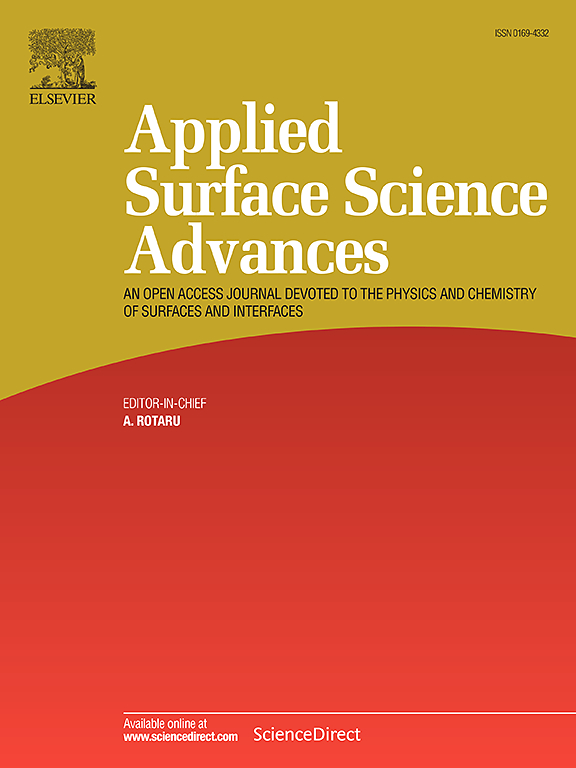Cystamine-crosslinked and nanozyme decorated polyacrylic acid-based composite microgel of dual functionality: delivery and controlled doxorubicin release
IF 8.7
Q1 CHEMISTRY, PHYSICAL
引用次数: 0
Abstract
Developing new and improving existing systems for controlled drug release is one of the top tasks of biomaterials science nowadays. The current work aims to develop an efficiently controlled doxorubicin release system based on composite hydrogel formed by polyacrylic acid p(AA) cross-linked by N,N’-bis(acryloyl)cystamine (BAC). The formed p(AA-BAC) microgel provides a dual function as a pH-sensitive doxorubicin holding carrier as well as an immobilization matrix for covalent bonding of gold nanoparticles (AuNPs) via sulfur groups of cystamine derivative cross-linker. The immobilized AuNPs are characterized by nanozyme (glucose oxidase-like) activity able to generate the local pH decrease via gluconic acid production in the presence of glucose as a trigger. The resulting local pH decrease provides protonation of carboxylic groups of the p(AA-BAC) matrix resulting in diminished electrostatic attraction between the carrier and the positively charged payload, thus causing its release from the microgels. The structural and morphological characterization of the proposed p(AA-BAC)-AuNPs composite microgel was performed by SEM, AFM, TEM, FTIR, and other techniques. The kinetics of the triggered release of the self-fluorescent doxorubicin was tested by fluorimetry combined with confocal fluorescent analysis. It was demonstrated that the proposed composite p(AA-BAC)-AuNPs microgel could be used as a promising smart release system for releasing a positively charged payload in response to a locally elevated glucose level.
半胱胺交联和纳米酶修饰聚丙烯酸基复合微凝胶的双重功能:递送和控制阿霉素释放
开发新的和改进现有的药物控制释放系统是当今生物材料科学的首要任务之一。本工作旨在开发一种基于聚丙烯酸p(AA)与N,N ' -双(丙烯酰)半胺(BAC)交联形成的复合水凝胶的高效控制阿霉素释放系统。形成的p(AA-BAC)微凝胶具有双重功能,既可作为ph敏感的阿霉素载体,又可作为通过半胺衍生物交联剂的硫基团使金纳米颗粒(AuNPs)形成共价键的固定基质。固定化的AuNPs具有纳米酶(葡萄糖氧化酶样)活性,能够在葡萄糖作为触发器的存在下通过葡萄糖酸产生局部pH值降低。由此产生的局部pH值降低使p(AA-BAC)基质的羧基质子化,导致载体与带正电的有效载荷之间的静电吸引力减弱,从而使其从微凝胶中释放出来。采用SEM、AFM、TEM、FTIR等技术对所制备的p(AA-BAC)-AuNPs复合微凝胶进行了结构和形态表征。采用荧光法结合共聚焦荧光法测定了自荧光阿霉素的触发释放动力学。结果表明,所提出的复合p(AA-BAC)-AuNPs微凝胶可以作为一种有前途的智能释放系统,用于释放带正电荷的有效载荷,以响应局部升高的葡萄糖水平。
本文章由计算机程序翻译,如有差异,请以英文原文为准。
求助全文
约1分钟内获得全文
求助全文

 求助内容:
求助内容: 应助结果提醒方式:
应助结果提醒方式:


